Description
Black And White Pepper
Black pepper / White Pepper, is a flowering vine in the family Piperaceae, cultivated for its fruit, which is usually dried and used as a spice and seasoning. The fruit is a drupe which is about 5 mm in diameter, dark red, and contains a stone which encloses a single pepper seed. Black and white pepper, though derived from the same plant, differ in flavor and appearance due to how they are processed: black pepper is made from unripe berries dried with the outer skin on, while white pepper is made from ripe berries with the outer layer removed.
On the other hand White pepper is hotter and spicier – it’s sharp, punchy and pure. Black pepper is more robust, richer and complex, with more of an earthy richness about it. Aesthetically, they are also different – cracked black pepper is more commonly used as a garnish and contrasts the likes of light-coloured soups and salads.
What is the difference between white and black pepper?
Black peppercorns typically are hotter than white peppercorns, while white peppercorns have earthier flavours. That’s because white peppercorns are soaked in water to remove the skins; the duration of soaking time impacts depth of fermented flavour, ranging from mild to funky.
When it comes to seasoning and enhancing the flavour of food, few ingredients are as versatile and ubiquitous as black and white pepper. These two varieties of peppercorns originate from the same plant, Piper nigrum, but undergo different processing methods that give them distinct flavours, appearances, and uses in culinary applications. Explore the fascinating world of black and white pepper, including their history, culinary uses, health benefits, and tips for optimal storage.
The Basics: What Are Black and White Pepper?
- Black Pepper: Black pepper is made from unripe green berries that are harvested and cooked briefly in hot water. They are then dried in the sun or an oven, which causes the outer skin to shrivel and turn black. This results in the characteristic wrinkled appearance of black peppercorns. With a bold, pungent flavour and a hint of heat, black pepper is often referred to as the “king of spices.”
- White Pepper: White pepper, on the other hand, is derived from fully ripened berries. To make white pepper, the ripe berries are soaked in water and allowed to ferment, which helps soften the outer shell. Once the skin is removed, the remaining seed is dried and ground into a fine powder. White pepper has a milder, earthy flavour with a slightly fermented taste, making it less pungent than black pepper. Its light colour makes it a popular choice in dishes where a dark speckled appearance is undesired.
A Brief History
Pepper has a long and storied history that dates back thousands of years. Native to South India, it was one of the first spices to be traded internationally and played a significant role in the spice trade, leading to the discovery of new trade routes. Ancient civilizations, including the Romans and Greeks, valued pepper not only for its flavour but also for its purported medicinal properties. Today, black and white pepper remain staples in kitchens worldwide.
Culinary Uses
Both black and white pepper can be used in a variety of culinary applications:
- Black Pepper: Commonly used in snacks, meats, sauces, and dressings, black pepper’s bold flavour complements everything from hearty stews to fresh salads. Its versatility makes it a key ingredient in spice blends and seasoning mixes. It is also a favourite for finishing dishes, providing a touch of heat and depth when freshly ground.
- White Pepper: White pepper is often used in light-colored sauces, soups, and mashed potatoes, as it does not darken these dishes. Its unique flavour is especially popular in Asian cuisine, particularly in Chinese dishes and Vietnamese recipes. White pepper is also commonly used in creamy sauces like béchamel or in potato-based dishes to maintain their aesthetic appeal.
Health Benefits
Both black and white pepper offer numerous health benefits:
- Digestive Aid: Pepper stimulates the production of digestive enzymes, improving digestion and reducing discomfort. It has been traditionally used to alleviate issues like gas and bloating.
- Antioxidant Properties: Black pepper contains piperine, a compound known for its antioxidant properties, which helps combat free radicals in the body and reduce inflammation.
- Enhanced Nutrient Absorption: Piperine may also enhance the bioavailability of certain nutrients, such as curcumin in turmeric, making them more effective.
- Antimicrobial Properties: Both types of pepper have natural antimicrobial properties, which can help prevent foodborne illnesses and preserve food freshness.
Tips for Storage
To maintain the flavour and potency of your black and white pepper, proper storage is essential:
- Whole Peppercorns vs. Ground: Whole peppercorns maintain their flavour far better than pre-ground varieties. For optimal freshness, purchase whole peppercorns and grind them as needed.
- Airtight Container: Store peppercorns in an airtight container away from light, heat, and humidity to prevent them from losing their pungency.
- Cool, Dry Place: Keep the container in a cool, dry pantry or cupboard, as exposure to heat and moisture can lead to degradation in flavour.
Conclusion
Black and white pepper are more than just seasoning—they are essential components of culinary traditions around the world. Their distinct flavours can elevate any dish, from gourmet meals to everyday comfort food. With a rich history, health benefits, and versatile applications, these beloved spices deserve a prominent place in your kitchen. Whether you prefer the bold punch of black pepper or the subtlety of white pepper, there’s no denying their status as staples that enhance our culinary experiences.

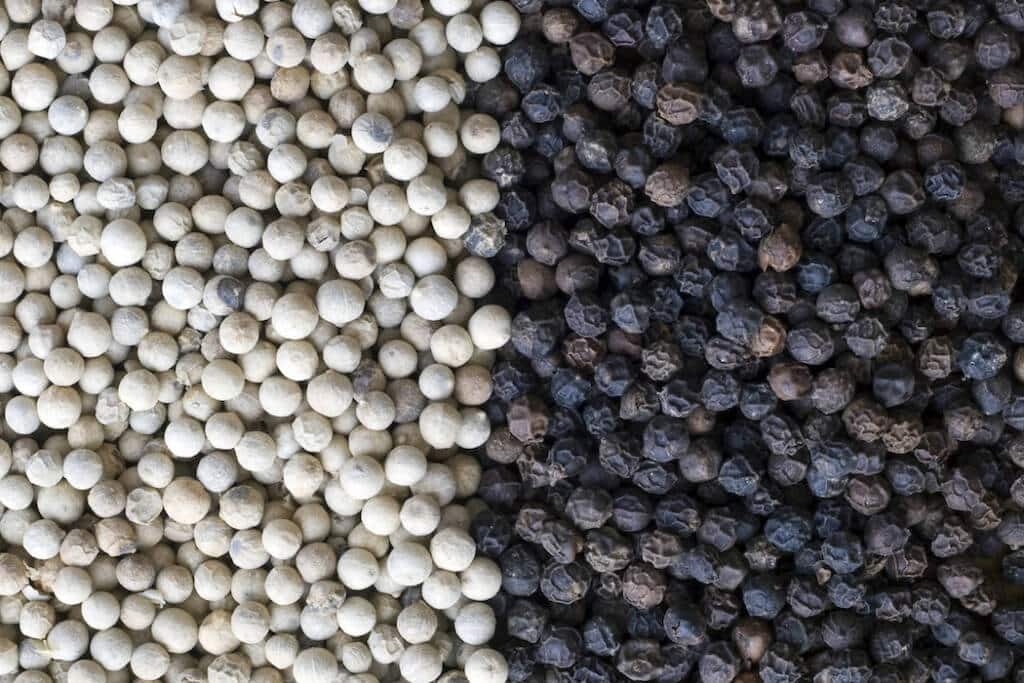
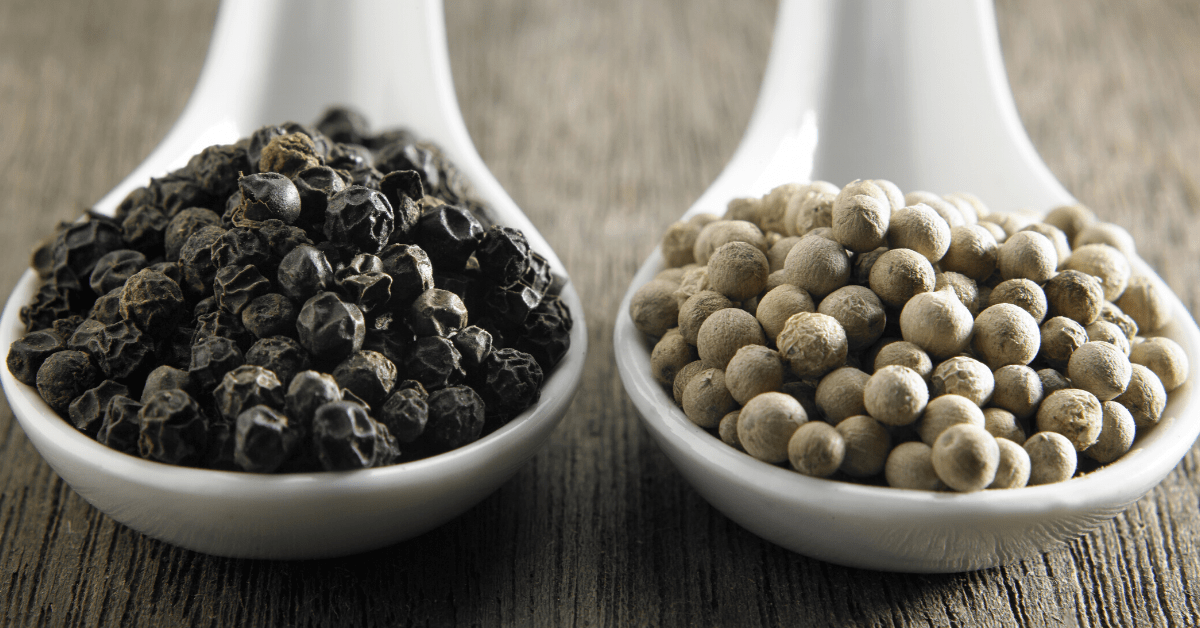
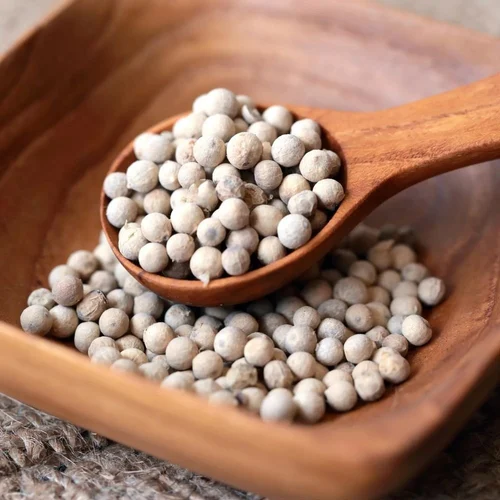

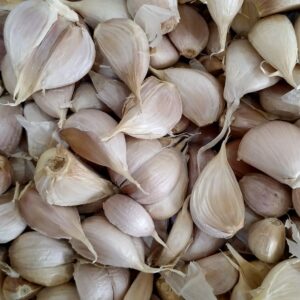

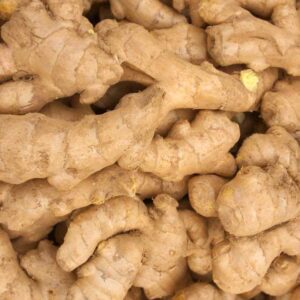
Reviews
There are no reviews yet.